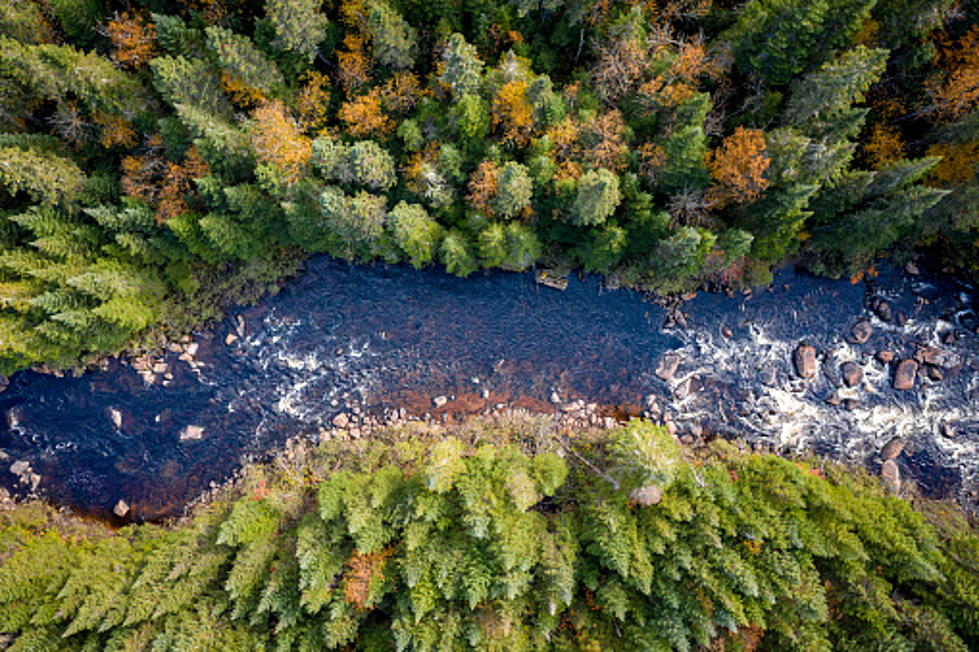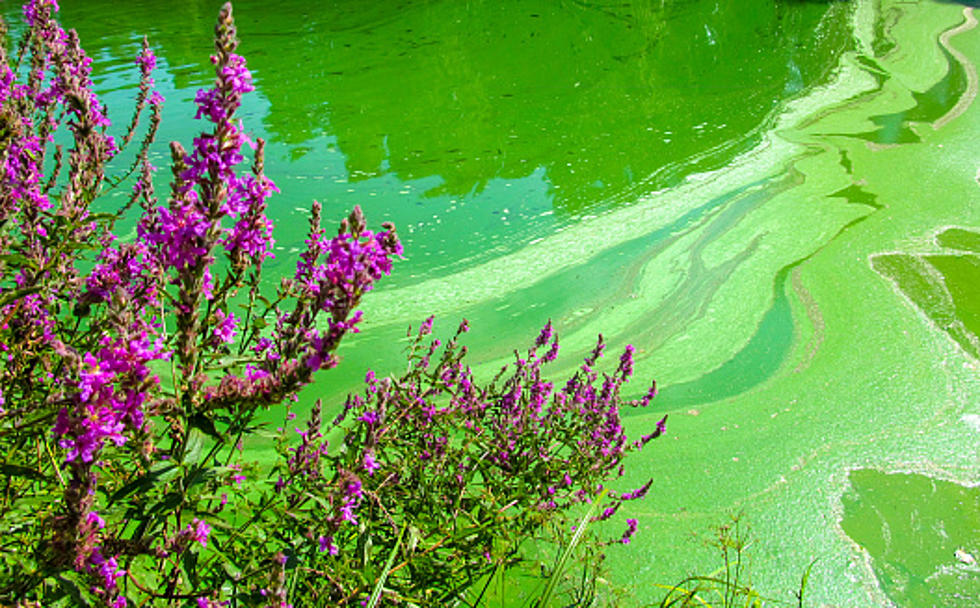
The Blue-Green Algae That Can Kill Your Dog Is Back In Illinois
With summer temps here, the Illinois Environmental Protection Agency (IEPA) and the Illinois Department of Public Health (IDPH) are reminding Illinois residents who love the outdoors to use caution in Illinois waterways this summer when harmful algal (cyanobacteria) blooms are possible.
When the temperature goes up, so do the blue-green algae blooms here in Illinois, so if you're planning to do some boating, swimming, or skiing on Illinois' lakes and rivers, keep your eyes open for the stuff.
Most Of The Blue-Green Algae Blooms, Also Known As Cyanobacteria, Are Harmless, But...
The IEPA says the key word here is "most."
"...some can produce toxic chemicals that cause sickness or other health effects in people and pets, depending on the amount and type of exposure. Sensitive individuals, including young children, the elderly, and people with compromised immune systems are most at risk to adverse health effects attributable to algal toxins. Symptoms of exposure to algal toxins include rashes, hives, diarrhea, vomiting, coughing, or wheezing."
Whenever we get blue-green algae blooms in Illinois, local officials are supposed to report it and put up signage warning of its presence in local waterways, but as you might imagine, that doesn't always happen.
If you should find yourself near a body of water that doesn't feature warnings around it, the IEPA says you should look for the following signs of a blue-green algae bloom:
- Has surface scum, mats or films on top.
- Has a blue or green crust at the shoreline.
- Is discolored or has blue-green colored streaks.
- Has greenish globs suspended in the water just below the surface.
What Happens If Your Dog Gets Into A Blue-Green Algae Bloom?
Not that any of us are in the habit of letting our dogs run headlong into scummy-looking bodies of water, but sometimes they'll get away from us.
If your dog is exposed to (or may have been) blue-green algae, don't let them lick their fur (or any other parts) until you can get them cleaned off with clean, fresh water. Then, contact your veterinarian.
KEEP READING: Here are 6 foods from your cookout that could harm your dog
KEEP LOOKING: See What 50 of America's Most 'Pupular' Dog Breeds Look Like as Puppies
More From Rockford's New Country Q98.5









